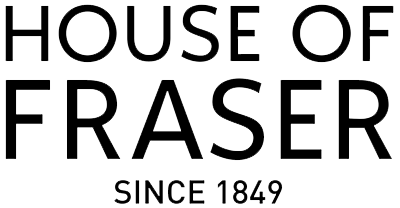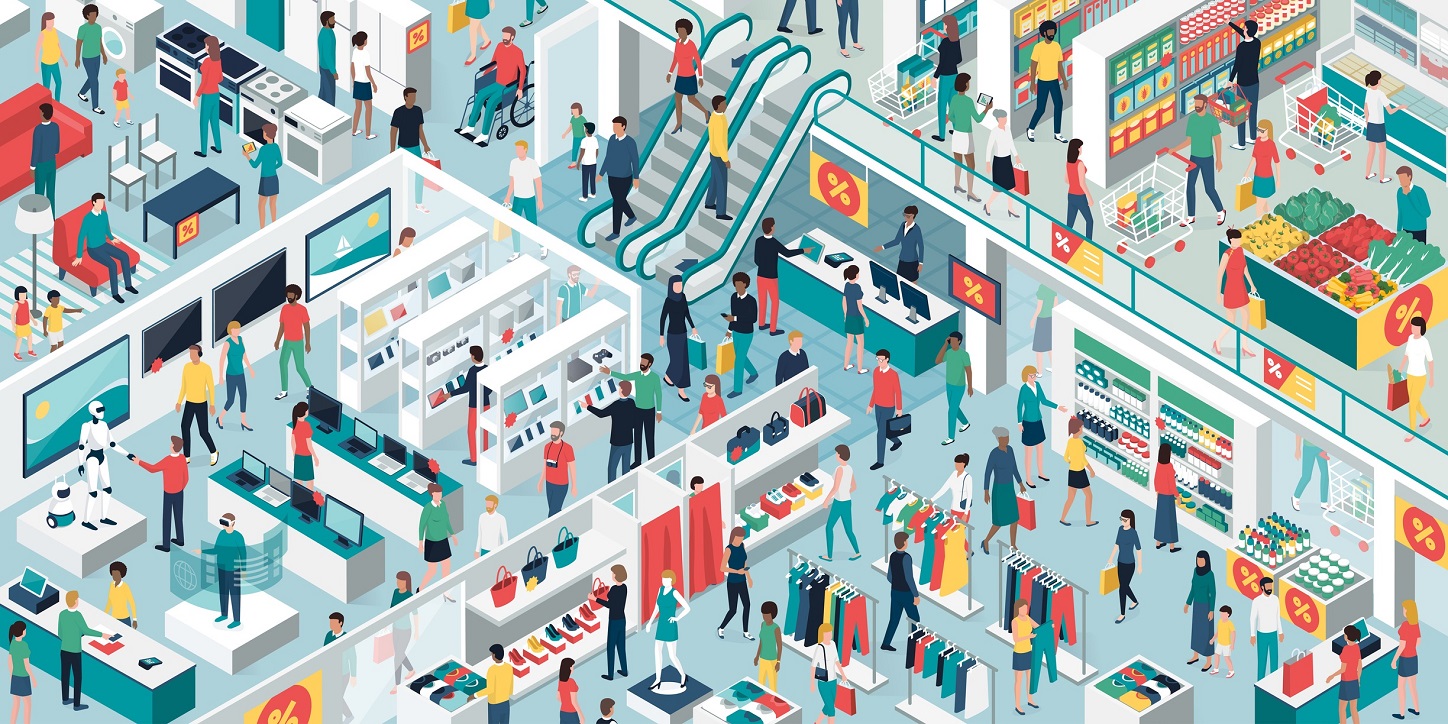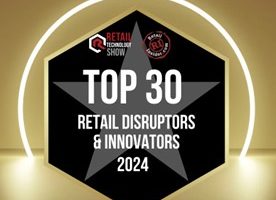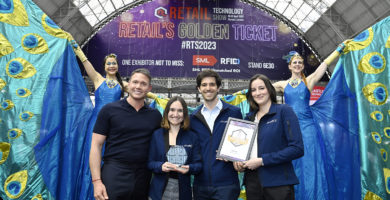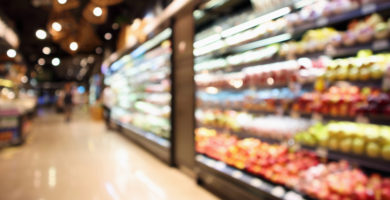Shopper behaviour is fascinating. It’s also commercially valuable if you’re able to track, measure and learn from scientifically-proven insights around how shoppers are using your space. The technology that makes this possible is becoming more and more sophisticated, yet easier to deploy.
Retailers are now able to find answers to questions such as: When are stores at their busiest? Where do customers stop and stand? Which areas of the store do they visit most? Which products are being picked up from what height? Even, where is theft taking place?
Hitachi’s LiDAR sensor and analytics technology gives retailers a unique understanding of customer behaviour during their in-store journey.
“LiDAR works on the same principle as radar but uses Infra Red light laser pulses to analyse 3D movements,” explains Pierson Broome, Retail SME at Hitachi Consulting. “Our LiDAR Time of Flight motion sensors can identify customers’ height, shape, movement and actions. This makes it possible to measure and monitor shopper footfall and dwell time. And because of the sensitivity of the readings, we can also distinguish between adults and children and follow distinct actions. For instance, there’s scope to track a person’s arm movement towards a specific location and see whether they pick up, or put back an item.”
Thanks to the multipurpose functionality Hitachi has built into this technology, it can be deployed to measure the success of promotions and product visual merchandising, identify stock loss, and evaluate levels of customer engagement.
Track movements of an individual
Broome says an added benefit is the ability of the system to identify individual shoppers – each assigned an ID tag by LiDAR – and track their journey around the store, spotting the points at which purchase decisions are made, or items abandoned. “You can start stitching a wealth of information together by following journeys in this way, to see where in a large outlet shoppers tend to dwell or move on,” says Broome. “As long as they remain in the field of the network of sensors their entire visit can be analysed. And unlike traditional CCTV people tracking, there are no privacy implications, because the Time of Flight sensors only record the outline of people and objects, so it’s completely anonymous.”
The light-based technology can also be used in conjunction with active staff badges or lanyards that will distinguish them from non-staff ‘bodies’ in the building.
Comprehensive in-store analysis
LiDAR has long been used in military mapping applications, and has played a key role in computer gaming since handheld technology came to the fore. Three years ago Hitachi Consulting launched a solution in Japan for commercial use by the retail and hospitality sectors. Numerous leading Japanese companies have since unlocked insight into one of the most difficult-to-answer questions: what do customers actually do when they enter my stores/restaurants?
At a basic level, the sensors can track the number of people entering and exiting a store or fast food restaurant, giving marketers valuable data on time spent viewing store window displays and advertising effectiveness. In store behaviour analysis is achieved by tracking aisles visited, time spent in particular locations, products viewed and touched then selected for purchase. Alerts from this real time data can help retailers properly staff busy locations and checkouts, and over time trends will become clear, helping retailers optimise their labour scheduling.
Are queues prompting abandoned purchases?
In casual dining premises where queues can be off-putting to busy customers, queue monitoring sheds light and prevents lost sales. LiDAR reveals how fast a queue is moving, and can even detect if someone comes in, looks at the queue and walks out. “If a casual dining operation spots that a high level of queue baulking happens between 10 am and 10.30 am weekdays, they can invest in mobile POS or dedicate more cashiers and counter staff when they know it will preserve sales,” says Broome.
In retail shoplifting can be deterred by using the sensors to detect suspicious behaviour, actions, and time spent in a location. The sensor can detect movement in areas where security cameras have blind spots and alert security personnel.
The 3D LiDAR system is coming to Europe, having been used extensively by retail and hospitality companies in Japan.
Hitachi Consulting is currently running a trial with a UK designer outlet destination, helping the owners understand the movement of people around its mall. Data collected and analysed will enable the operator to improve its offer, and potentially shape its leasing and rental strategy.
Mark Williams, Head of Retail EMEA for HCC says the partnership model works best for retailers and hospitality players interested in the business benefits of deploying LiDAR. Hitachi Consulting is best placed to help retailers not just install the technology, but also to manage data streams, set up dashboards and alerts, and pull out insights that will drive performance improvement where it’s needed.
“Every company will have a different agenda for using this technology, whether it’s loss prevention, queue analysis or maximising the impact of merchandise displays,” says Williams. “Today the ability to get more insight into what’s happening in store is fundamental to growth. We see it as bringing online insight instore – opening retailers’ eyes to the potential of their physical spaces, and adapting their offer to proven needs. Bringing this level of insight to the table is a great way to make those assets work harder, and assist retailers as they strive to stay in the game.”





